Here’s a detailed overview of the original Big Wheel tricycle and the original big-wheeled bicycle (often called a penny-farthing):
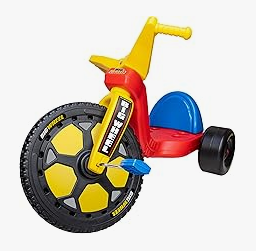
Please Check the Price on Amazon
Original Big Wheel Tricycle (Children’s Toy)
Introduced: 1969
Invented by: Louis Marx and Company (Marx Toys)
Target Audience: Children, primarily ages 3–8
Key Features:
-
Large Front Wheel: About 16 to 20 inches in diameter, made of plastic.
-
Low-to-the-Ground Design: Made it safer for kids, reducing the risk of tipping over.
-
Plastic Construction: Entirely molded plastic body, which made it lightweight and inexpensive.
-
Rear Wheels: Two smaller wheels for balance, also plastic.
-
No Chain or Gears: Pedals were directly connected to the front wheel.
-
Braking System: Often had a hand brake that could initiate dramatic spins/skids (known as “power slides”).

Please Check the Price on Amazon
Cultural Impact:
-
Extremely popular in the 1970s and 1980s.
-
Advertised as safer than traditional tricycles due to its low profile.
-
Became an iconic toy of its time, with nostalgic value for many who grew up during that era.

Please Check the Price on Amazon
Original Big-Wheeled Bicycle (Penny-Farthing)
Introduced: Around the 1870s
Invented by: James Starley is often credited with popularizing the design (specifically the “Ariel” model in 1871).
Nickname: “Penny-farthing” (British term referencing the large and small coin sizes)
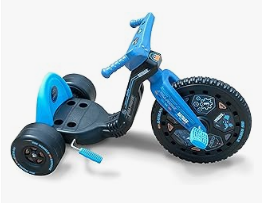
Please Check the Price on Amazon
Key Features:
-
Very Large Front Wheel: Often over 50 inches in diameter. The size depended on the rider’s leg length.
-
Small Rear Wheel: Typically 12–16 inches in diameter.
-
Direct Drive: Pedals were mounted directly on the front wheel hub.
-
No Gears or Chain Drive: Speed depended on the size of the front wheel and pedaling cadence.
-
Metal Frame: Made of wrought iron or steel.
-
High Seating Position: The rider sat nearly over the front axle, which made it hard to mount/dismount.
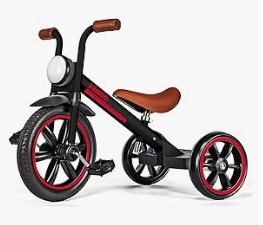
Please Check the Price on Amazon
Drawbacks:
-
Dangerous: Known for “headers”—where riders would go flying forward over the large wheel if they hit a bump or braked too hard.
-
Difficult to Ride: Mounting and dismounting required skill and sometimes a mounting step.
Historical Significance:
-
Represented an important step in the evolution of the bicycle.
-
Eventually replaced by the “safety bicycle” in the late 1880s, which had equal-sized wheels and a chain drive.
Would you like a side-by-side comparison chart of the two? Or some visuals to go along with this?
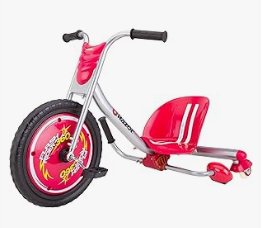
Please Check the Price on Amazon
Advantages of the original Big Wheel tricycle and the original big-wheeled bicycle (penny-farthing style) when it comes to kids, with a special focus on the benefits they offered in their time:
Advantages of the Original Big Wheel Tricycle (Marx Toys)
-
Safety-Oriented Design
-
Low center of gravity reduced the risk of tipping over.
-
Plastic construction softened impact and made it less hazardous.
-
-
Easy to Use
-
No gears or chains—just pedal and go.
-
Simple steering and stopping mechanisms made it beginner-friendly.
-
-
Fun & Engaging
-
Kids loved doing “power slides” using the rear hand brake.
-
Bright colors and dynamic design made it feel like a toy and a vehicle all in one.
-
-
Affordable and Durable
-
Made of plastic, it was cheaper than metal trikes.
-
Tough enough to handle rough play on pavement and sidewalks.
-
-
Boosts Coordination & Exercise
-
Helped kids develop gross motor skills, balance, and leg strength while having fun.
-
-
Independence and Confidence
-
Allowed young kids to ride solo and explore their surroundings safely.
-
Made them feel “grown-up” with their own set of wheels.
-
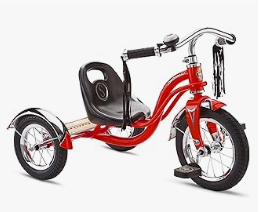
Please Check the Price on Amazon
Advantages of the Original Big-Wheeled Bicycle (Penny-Farthing Style) for Older Kids
(Note: While the penny-farthing was generally built for adults, some older kids or teens rode smaller versions.)

Please Check the Price on Amazon
-
Speed and Excitement
-
Large front wheel covered more ground with each pedal, making it faster than earlier bikes.
-
Gave a thrilling sense of motion and freedom.
-
-
Challenge and Skill Building
-
Required balance, coordination, and confidence to ride.
-
Gave kids a sense of achievement in learning to mount and ride it.
-
-
Stylish and Status-Boosting
-
Considered fashionable in its time—riding one made a bold statement.
-
For kids who had access, it made them stand out in a crowd.
-
-
Early Innovation Exposure
-
Introduced kids to the mechanics and evolution of transportation.
-
Sparked interest in engineering and mechanics for some young riders.
-
Would you like a visual or infographic-style version of this? Or want to expand into how these influenced future bike designs for kids…..
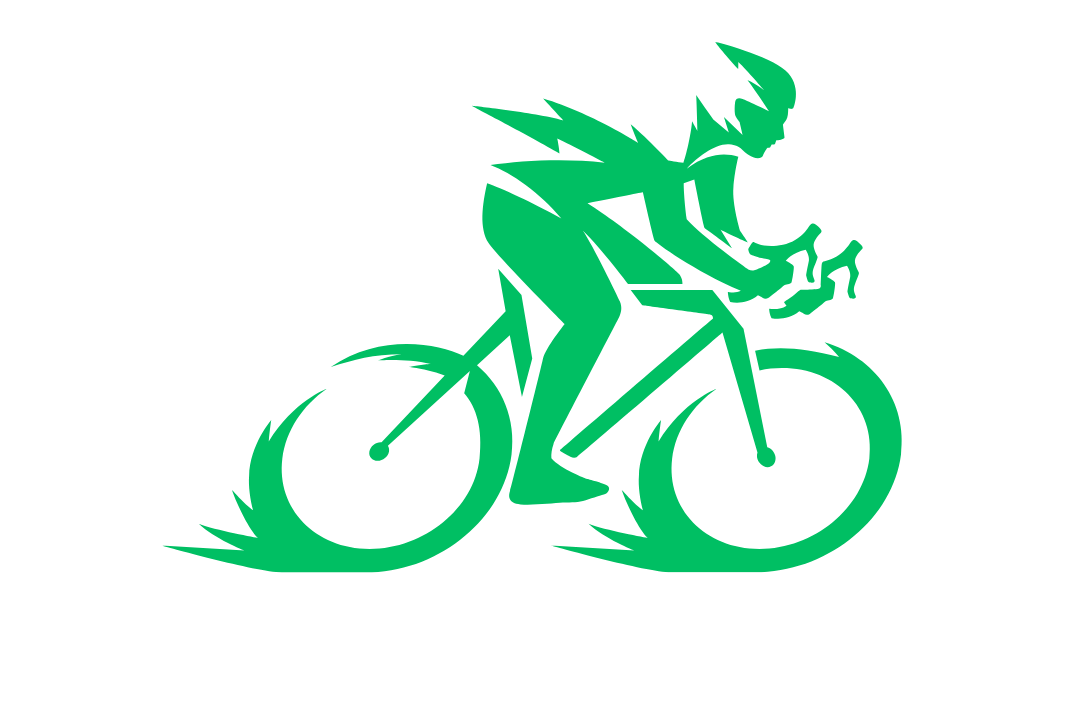
4 thoughts on “The Original Big Wheel Tricycle and Bicycle”
Very good https://is.gd/N1ikS2
Awesome https://is.gd/N1ikS2
https://shorturl.fm/bODKa
https://shorturl.fm/68Y8V